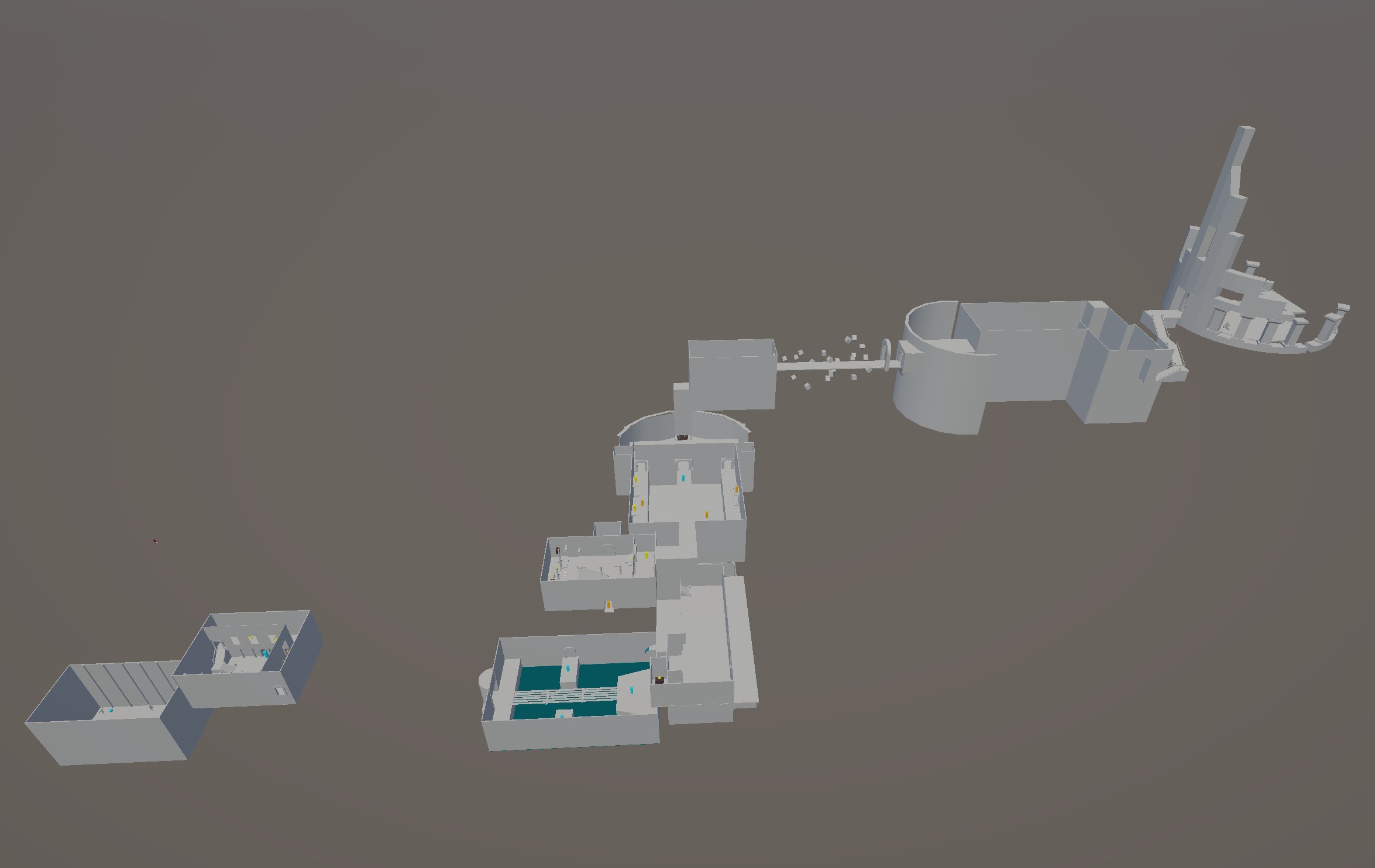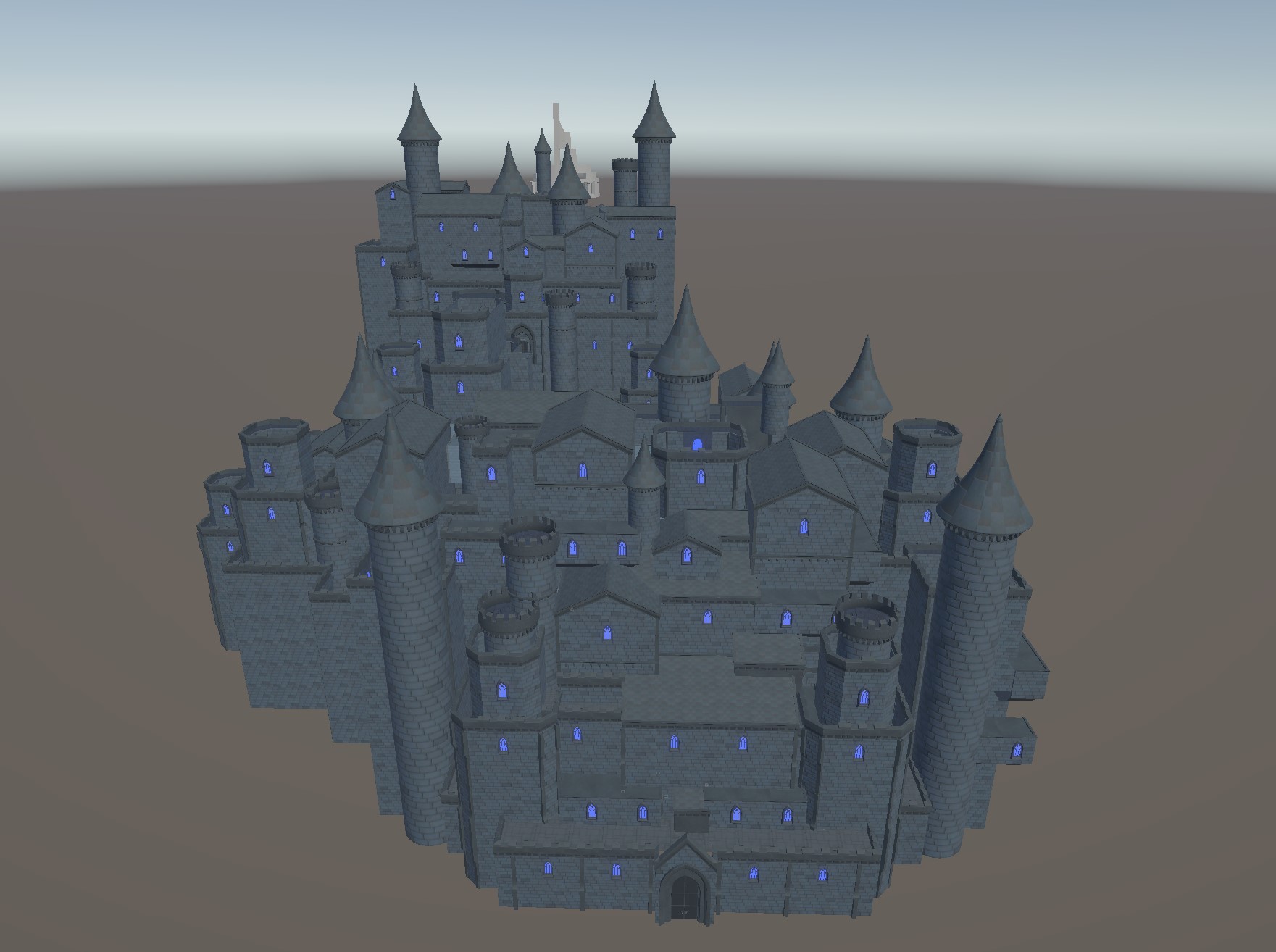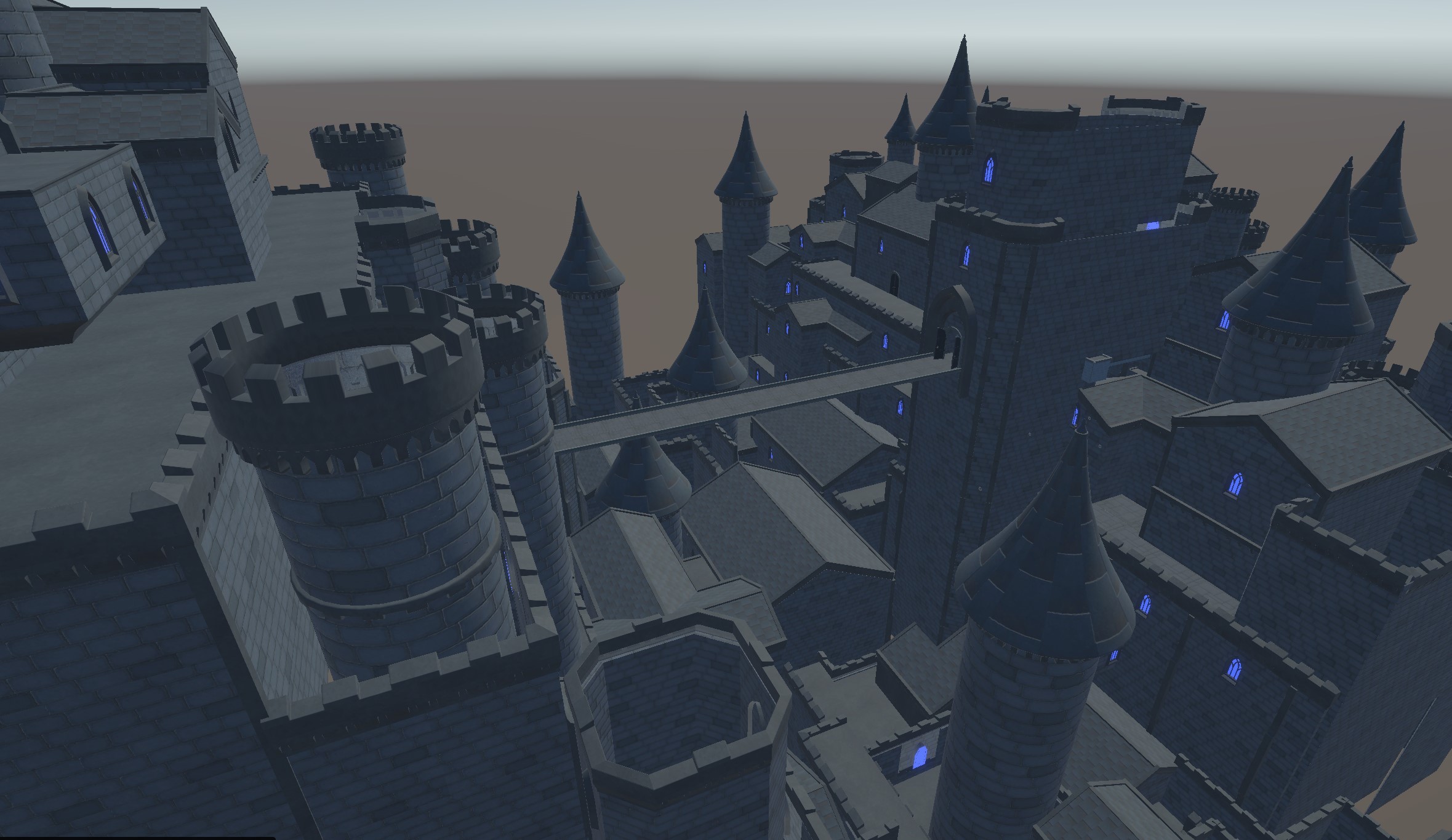Devlog 3 - Level Design
Hi everyone! I’m Allie, and I’m the Level Designer for our game. I wanted to take a moment to walk you through how I approached designing the world you’ll be exploring, some of the challenges along the way, and what made this process both tricky and exciting.
Our game is built around the idea of using elemental powers — fire, water, and lightning — in a rock-paper-scissors style system. Because of that, level design had to support more than just combat. It had to give the player room to dash, fight, puzzle-solve, and think creatively using these powers. From the start, we knew we wanted the gameplay to be fast-paced, challenging, and layered, where players constantly have to switch strategies on the fly.
Planning the Layout
The first step was white boxing all of the levels in Maya, which took a little over a week. This is where I laid out the game — planning room shapes, enemy placements, puzzle flow, and general movement. Since the theme is "Abandonware," we thought a castle setting made perfect sense — something grand and mysterious, but also glitchy and broken. I didn’t want the layout to feel like just a bunch of square rooms stuck together. I wanted the spaces to feel more interesting and intentional — and castles usually have a lot going on: layered floors, hidden corners, and rooms of all shapes and sizes. That naturally helped the level feel more alive and fun to explore.
I also revised things along the way based on features we removed or reworked during development, which added an extra layer of iteration. Later in the process, I adjusted the layout to spiral upward like a twisting tower, to make the level progression more interesting and natural for the player.

Structure of the game's progression
I also had to consider how to structure the game’s progression. Because the gameplay mixes elemental powers with puzzles and combat, the pacing of each room becomes really important. The challenge was to make sure it felt tough and rewarding without being overwhelming. So I tried to balance pure combat rooms, pure puzzle rooms, and rooms that mix both. At the same time, I focused more on combat overall, rather than going 50/50. That means knowing where to give the player space to breathe and where to ramp up the intensity.
Some rooms are designed around using just one elemental power. Others slowly introduce a second — and by the end, players will need to juggle all three. Planning when and how to layer in new enemies or puzzle types without throwing too much at the player at once was a key part of the process.
Puzzles
When it came to puzzles, I was constantly thinking:
- What kind of puzzle would let players use their elemental abilities?
- Can the player dash or jump through it?
- Can enemies be part of the solution, or opposite?
That approach helped me build out interactions that go beyond just “push the block” puzzles. At times, you’ll need to use different elemental powers to overcome traps, solve puzzles, or trigger changes in the environment. I also thought carefully about things like health potions and where to place them — rewarding curiosity and guiding players without making anything too obvious.
Building Levels in Unity
After white boxing, I moved into Unity to build the levels using modular pieces made by our Environment Artist. This was the most exciting part — seeing the empty shells come to life with actual architecture. But it wasn’t without challenges. Some rooms ended up larger or smaller than I expected once assets were placed, so I had to adapt layouts, especially to make sure combat and dashing still felt good. Other times, pieces didn’t quite snap together as cleanly, so I had to manually adjust edges or find other ways to make things work. It was all part of the process.
Creating the Castle/ Exterior
I wanted to include something that made players go “Whoa, that’s cool.” So I added a moment where the player crosses a bridge between two towers, and during that walk, they can look out and see the castle around them, and its broken floating pieces — the same castle they’ve been fighting through. When the exterior modular kit was done, I started building this castle structure.

This whole process taught me a lot about adapting to changes, staying focused on our gameplay goals, and constantly thinking about how to make each space more engaging, and fun for the player.
Thanks for reading, and I hope you enjoy running, dashing, puzzling, and discovering everything we’ve put into the level!
Script Scrapper
| Status | In development |
| Author | trweening |
| Genre | Adventure |
More posts
- Creating the Final Boss: The Dev!2 days ago
- Devlog 5 - Enemies!2 days ago
- Devlog 4 - Moving Platforms and Elevators!2 days ago
- Devlog 2 - Cloaks and Capes!9 days ago
- Devlog 1 - Environment Art16 days ago
Leave a comment
Log in with itch.io to leave a comment.